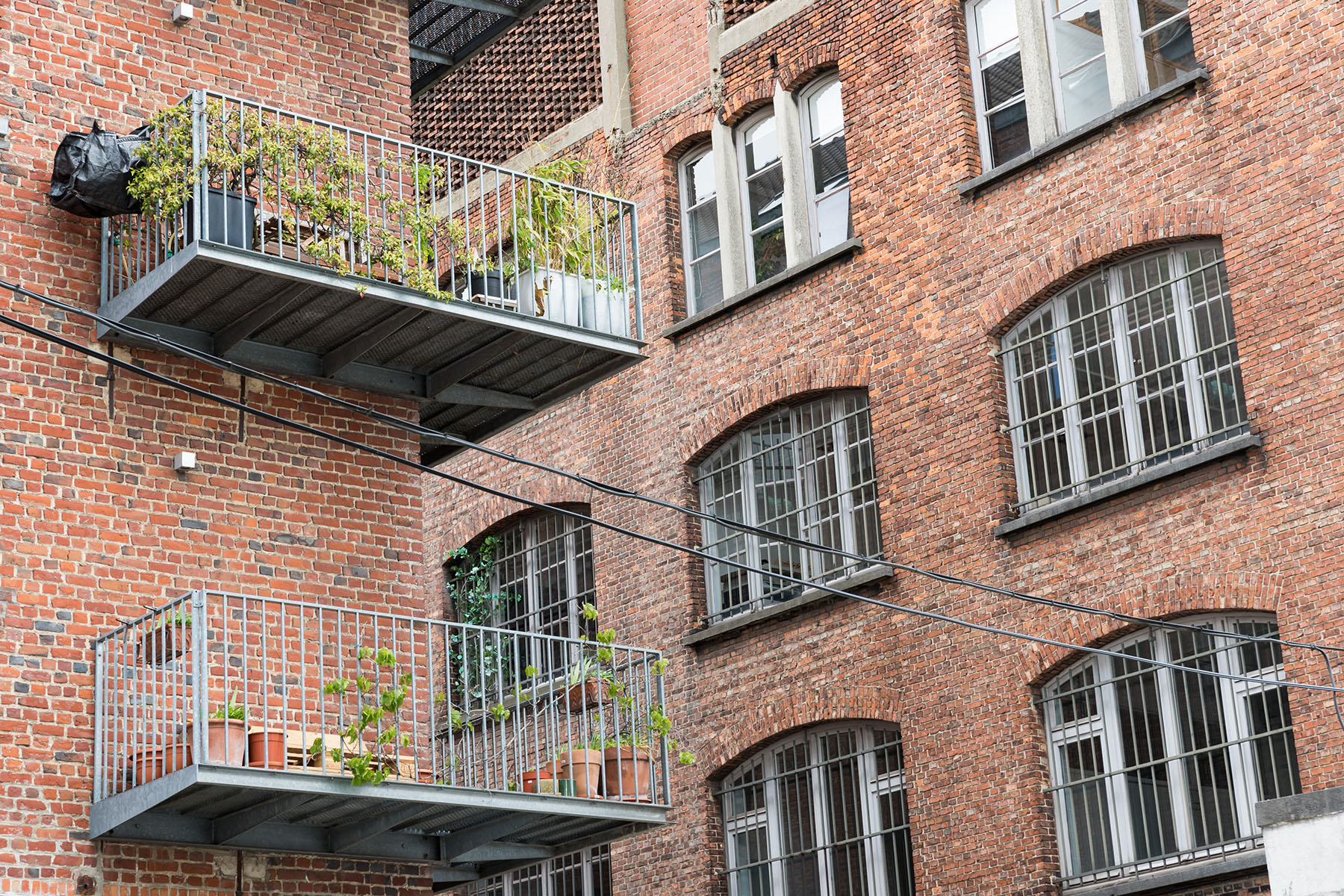If you’re looking for an apartment for rent in Tempe, you’ve probably wondered “How do I rent an apartment?” This article will cover the basics: Filling out a rental application, paying a security deposit, negotiating a lease, and more. If you’ve ever rented an apartment but had problems, you’ll appreciate this overview of the entire process. In addition, we’ll explain how to get reimbursed by the landlord if you cause damage to the property.
Filling out a rental application
While filling out a rental application when thinking of pet-friendly apartments for rent, it’s important to know what information your landlord will need. Most landlords will want to see your recent pay stubs or bank statements and an offer letter of employment to verify your income. Regardless of the type of rental, you should bring your resume to the rental application so that your landlord can see where you currently work and how long you’ve been employed. If possible, include a reference from your current boss.
When filling out a rental application, it’s essential to read every section thoroughly and take notes on the information that is requested. You may be asked to give your income information or emergency contact information. Be honest, but don’t be afraid to ask if you can clarify the information if necessary. You’ll want your landlord to know that you’re serious and that you’ll be able to make the payment if necessary.

Paying a security deposit
The security deposit is a type of rental agreement that protects landlords against damage from tenants. The landlord can use the deposit to repair the apartment and pay for unpaid bills. However, tenants do not have the right to use the deposit for their own expenses. A security deposit is also nonrefundable. It is therefore important to keep a copy of your security deposit receipt, even if you are not renting the apartment.
In most cases, landlords and property managers place a security deposit in an interest-bearing account. The tenant is entitled to know the bank’s name and address. The landlord is also required to pay the tenant interest on the security deposit every year. The tenant can choose how to receive the interest if they wish. Although there are some restrictions on how landlords can use the deposit, tenants are generally not allowed to keep it until the lease is up.
Reimbursing the landlord for damages
While tenants are generally responsible for protecting their property and covering their costs, it’s the landlord’s responsibility to repair damages caused by their actions. While tenants may be responsible for covering their belongings, the landlord has the legal responsibility to maintain the structure of the apartment in good condition. Taking the time to find a replacement tenant with the same credit score and rental history is one way to help mitigate the damage.
Upon termination, the landlord must provide a list of damages. The list should include estimated repair costs. If the landlord is unable to provide a list, the tenant must accept the payment and agree to pay the landlord the difference between the security deposit and the estimated repair cost. If the landlord does not provide the list, the tenant has 10 days to object to the amount the landlord withholds.



